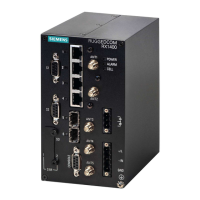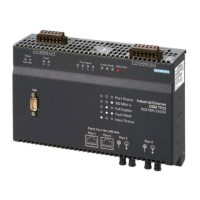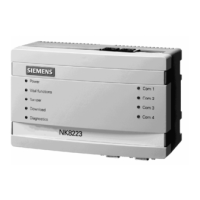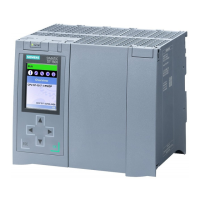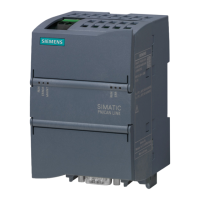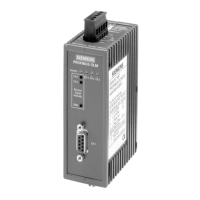Chapter 5
System Administration
RUGGEDCOM ROX II
CLI User Guide
110 Clearing Alarms
Section5.7.3.1
Clearing Alarms
Non-conditional alarms must be cleared by the user. Conditional alarms, when configured, are cleared
automatically.
To clear all clear-able, non-conditional alarms, type:
admin clear-all-alarms
Alternatively, to clear an individual non-conditional alarm, type:
admin alarms active-alarms subsystem [ admin | cellmodem | chassis | eth | services | security | switch
| wan ] id event clear
Where:
• id is the ID for the chosen alarm
• event is the ID for the chosen event
Section5.7.3.2
Acknowledging Alarms
To acknowledge all active alarms, type:
admin acknowledge-all-alarms
Alternatively, to acknowledge an individual alarm, type:
admin alarms active-alarms type id event acknowledge
Where:
• type is the type of alarm. Options include admin, cellmodem, chassis, eth, security, switch, and wan.
• id is the ID for the chosen alarm.
• event is the ID for the chosen event.
Section5.7.4
Configuring an Alarm
While all alarms are pre-configured on the device, some alarms can be modified to suit the application. This
includes changing the severity and enabling/disabling certain features.
NOTE
The failrelay-enable and led-enable parameters are non-configurable for link up alarms.
To configure an alarm, do the following:
1. Make sure the CLI is in Configuration mode.
2. Configure the alarm by typing:
admin alarm-config subsystem [ admin | cellmodem | chassis | eth | services | security | switch |
wan ] alarm-list id

